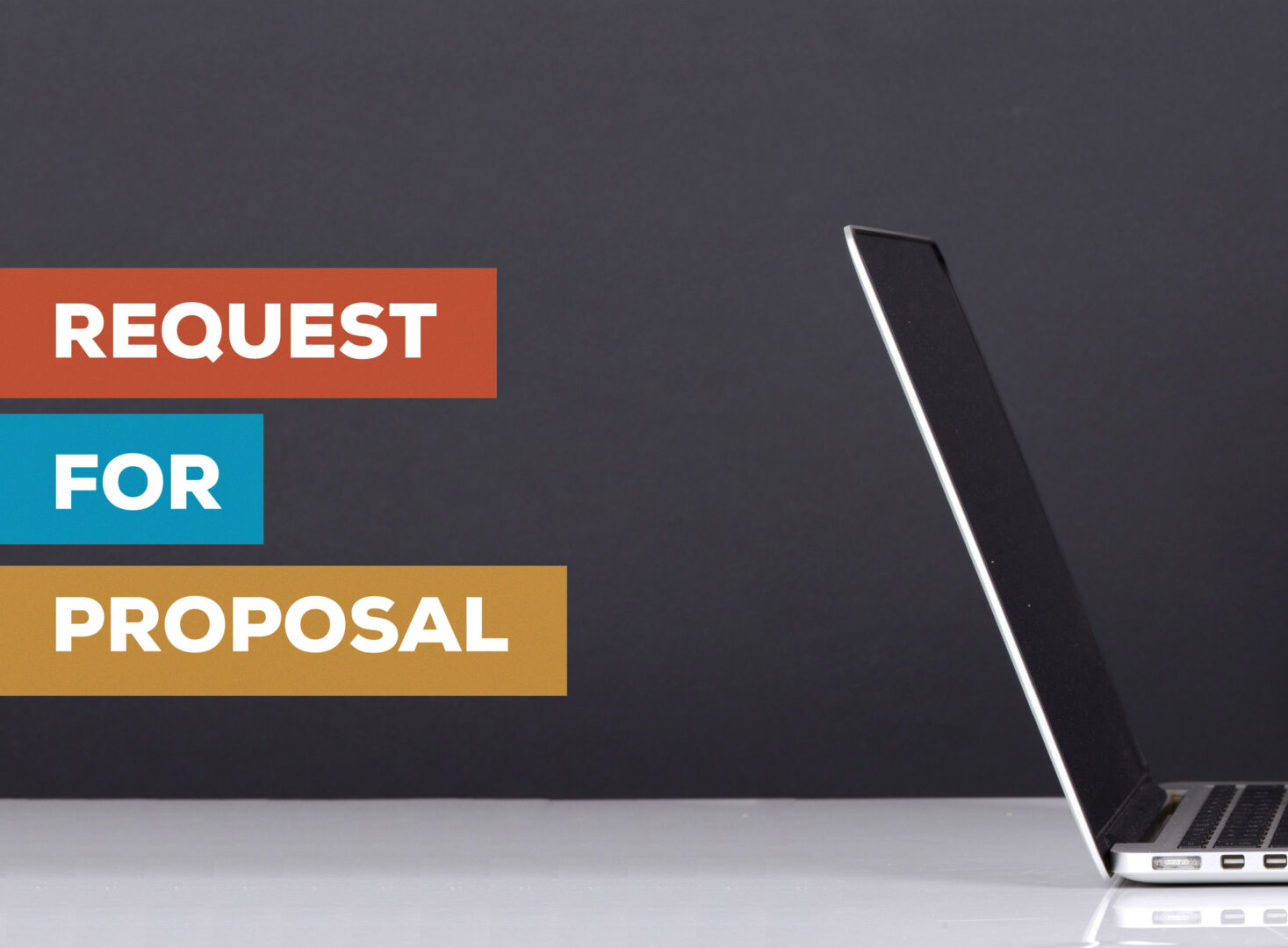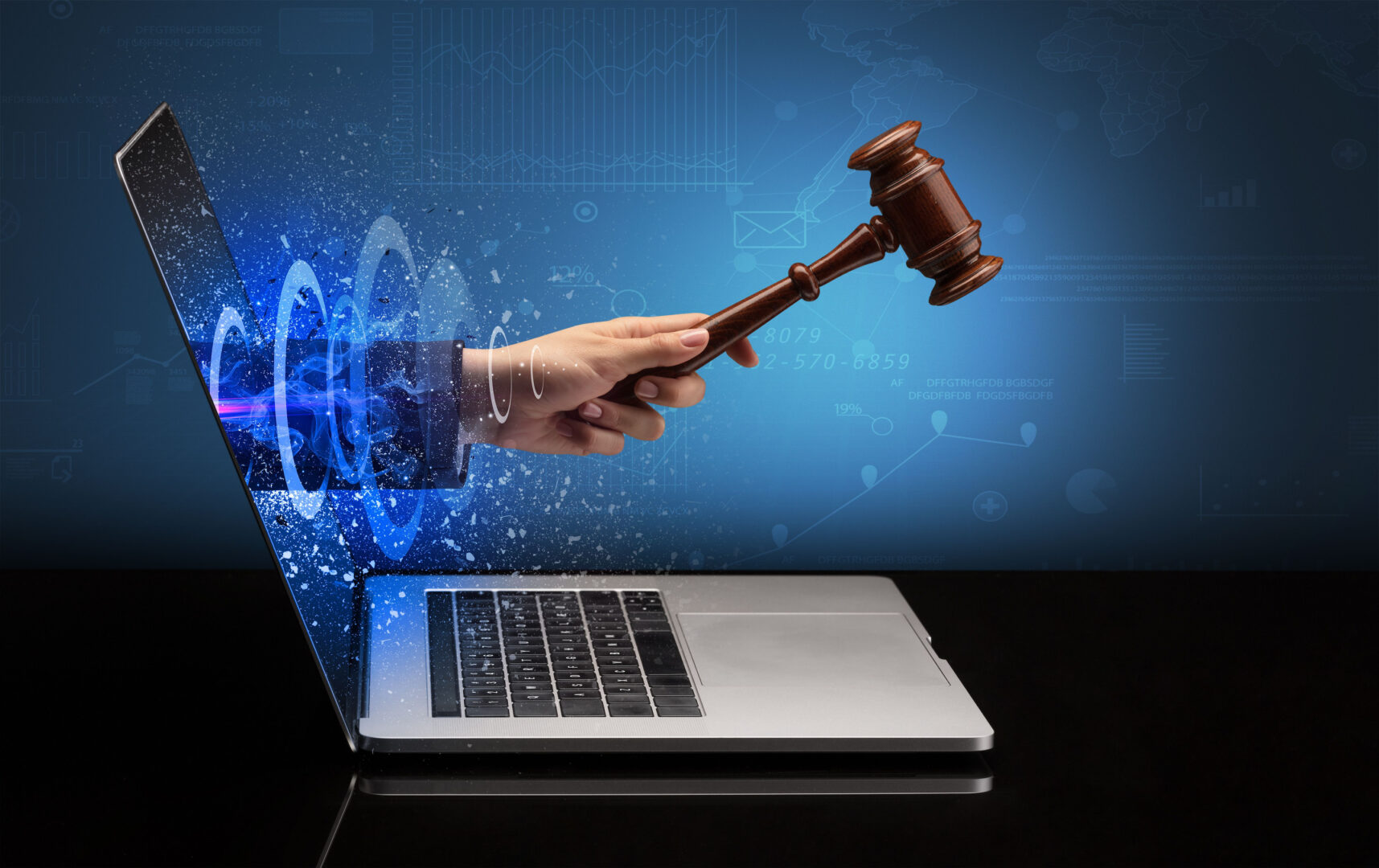Heigh-ho, heigh-ho, it’s off to work we go—or are we? Since the beginning of the pandemic, abundant new norms have emerged to shape our lives. For many of us, this has included a shift in our company’s business model and physical work location. While assumed temporary at first, the appeal of remote work for employers and employees alike seems here to stay. In fact, continuing into 2022, Gartner anticipates 75% of midsize enterprises (100-1,000 employees) will utilize a hybrid model.
With the ability to work from home, or really anywhere outside of the office, comes a need to reevaluate security measures. The Finance Research Team at Gartner predicts that 61% of technology leaders will increase their IT budget for 2022, and from that increase, 66% of technology investments are expected to be dominated by cyber and information security. This means that finding the right solutions that address a hybrid workforce and the IoT are paramount to both security and CIOs’ ROI.
Adapt To A Hybrid Future
Remote work may not be a new concept here in year two of COVID-19, but what is different now is that we’re not on our operational heels anymore, as we were when quarantine began, and we had to pivot to remote work practically overnight. And yet, for all we’ve learned with everything from Zoom to a dramatically expanded IoT, the lessons will continue to unfold.
Why? Because what qualifies as being secure and cyber resilient in a permanently hybrid world is something that will perpetually change, and therefore require constant reevaluation.
Successfully adapting to this hybrid future requires more than keeping up with regulatory guidance. Adhering to remote worker best practices should be prioritized. Gartner analysts D’Hoinne, Griffin, and Smith of the Infrastructure Security and Coronavirus Resource Center initiatives note “the technology component of the work environment is often the easier part to provide, but it is the management of remote workers that differentiates success from failure.” In other words, in order to stay cyber resilient, we all must continue to reexamine our plan of action.
Here are a few things D’Hoinne, Griffin, and Smith recommend:
- Manage high-risk access with a controlled endpoint by using DaaS or VDI.
- Use a firewall or a Software-Defined Wide-Area Network device (SD-WAN) that uses encryption between organizational locations to secure higher-risk employees.
- When working with highly classified & critical data, use air-gapped networks to ensure your employees are physically isolated from networks that are not secure.
Considering the above, developing well-defined policies for remote workers will benefit employers and employees alike, empowering everyone to handle and protect company resources no matter where they work from.
Fortify Remote Access Security
If your company has been using VPNs for quite some time now, you may feel pretty comfortable; however, while VPNs are a step in the right direction toward remote access security, they are not enough to keep your organization fully secure. As the new hybrid normal takes shape, so should your strategy for long-term solutions.
Most of the time, remote workers utilize their personal wi-fi and lack network security from their organization. In this instance, incorporating multi-factor authentication (MFA) into your security strategy proves advantageous on many levels. Gartner analysts Long and Chugh of the Identity and Access Fraud Management initiative anticipate that remote enterprises who choose not to implement MFA will be 5 times more likely to experience account takeovers. Just by integrating this additional layer of defense, you can reduce account takeovers, trust user identity, and stump cybercriminals by forcing them to prove credibility in multiple ways.
Get serious about cyber defense.
Empower Your People
According to DARKreading, every year, the average organization is targeted by over 700 social engineering attacks. As if that weren’t alarming enough, since the beginning of the pandemic, cybercriminals have only gotten better at scamming remote workers. In particular, phishing tactics and email scams have become increasingly harder to detect.
Surely, remote work seems a little scarier when you hear numbers like this, and even more if you’re not sure that your employees know how to thwart bad actors. Equip your team with the knowledge to fight off malicious attacks, starting with understanding how to avoid email scams and phishing bait. Also, consider ways to put your team to a real-world test of their security awareness and defenses, such as a robust Social Engineering Evaluation and/or Red Team Assessment.
Partner With Those Who Know Highly Regulated Spaces
Staying secure outside of the office, and doing so within budget, requires affordable security and compliance expertise. For over 14 years, BAI Security has been specializing in the most highly regulated industries, who have critical data and high stakes operations to uphold.
We recommend our Remote Workers’ Best Practices Evaluation, a valuable add on to your IT Security Assessment that helps you shore up against attacks targeting your dispersed workforce.
For extra guidance, proposals and pricing, or to schedule a chat, contact us
today!










